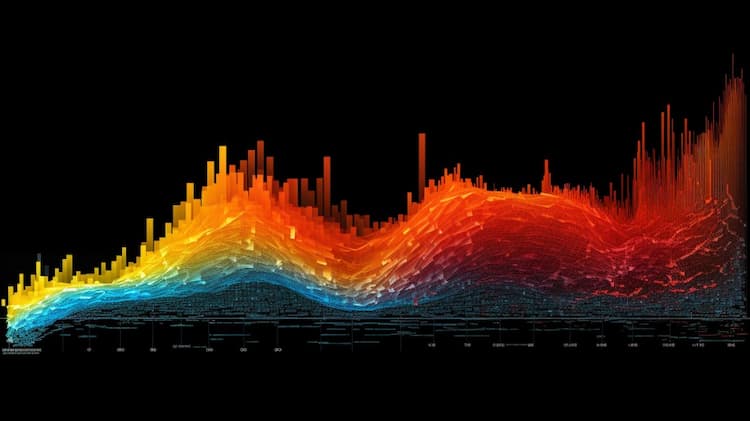
MCHI VS CNYA: A Comprehensive Comparison of ETFs
Exchange-Traded Funds (ETFs) offer investors a simplified path to diversifying their portfolios across geographies and sectors. In this comprehensive analysis, we will focus on two renowned China-centric ETFs: MCHI (iShares MSCI China ETF) and CNYA (iShares MSCI China A ETF). This article aims to dissect their tickers, full names, issuers, sectors, top holdings, capitalization, strategies, tracking methods, and exposure.
MCHI > CNYA: Overview
MCHI and CNYA serve as conduits for investors seeking to tap into the growth potential of the Chinese market. MCHI aims to mimic the performance of the MSCI China Index, which includes large- and mid-cap Chinese companies. On the flip side, CNYA follows the MSCI China A Inclusion Index, concentrating on large-cap China A-shares. The different index targets lead to distinct risk and return profiles.
MCHI > CNYA: Issuers and Strategies
MCHI is managed by BlackRock, known for its robust range of low-cost ETFs. In contrast, CNYA is also a product of BlackRock but aims to offer a concentrated investment in China A-shares. Understanding the underlying strategies and the credibility of the issuers can offer invaluable insights when choosing between these ETFs.
 MCHI overlap MCHI VS CNYA: A Comprehensive Comparison of ETFs
MCHI overlap MCHI VS CNYA: A Comprehensive Comparison of ETFs
MCHI > CNYA: Sectors and Top Holdings
MCHI provides a more diversified sector exposure, encompassing technology, healthcare, and consumer services. Its top holdings include giants like Alibaba and Tencent. CNYA, however, zeroes in mainly on financials and consumer staples, featuring companies like Kweichow Moutai and Ping An Insurance. This sectoral focus and the dominant holdings in each ETF play a critical role in risk and returns.
MCHI > CNYA: Capitalization and Asset Under Management (AUM)
Both ETFs have substantial AUM, indicating their popularity among investors interested in the Chinese market. However, MCHI has a larger AUM, making it potentially more liquid and possibly a safer choice for risk-averse investors. The difference in capitalization can be a vital factor in an investor's decision-making process.
Conclusion
MCHI and CNYA offer unique vantage points for investors looking to capitalize on China's burgeoning market. For those aiming to go beyond the surface and understand the intricacies of these ETFs, ETF Insider is an indispensable tool. With its user-friendly app, it provides exhaustive details on holdings, correlations, and overlaps among other insights.
By dissecting MCHI and CNYA across multiple dimensions, this article furnishes investors with the knowledge needed to make informed decisions. Whether you are a seasoned investor or a beginner looking for international exposure, this in-depth comparison should serve as a helpful guide.
Disclaimer: This article does not provide any investment advisory services.
MCHI ETF issuer
MCHI ETF official page
MCHI quote and analysis
Discover the top holdings, correlations, and overlaps of ETFs using our visualization tool.
Our app allows you to build and track your portfolio.
To learn more about the MCHI iShares MSCI China ETF, access our dedicated page now.












